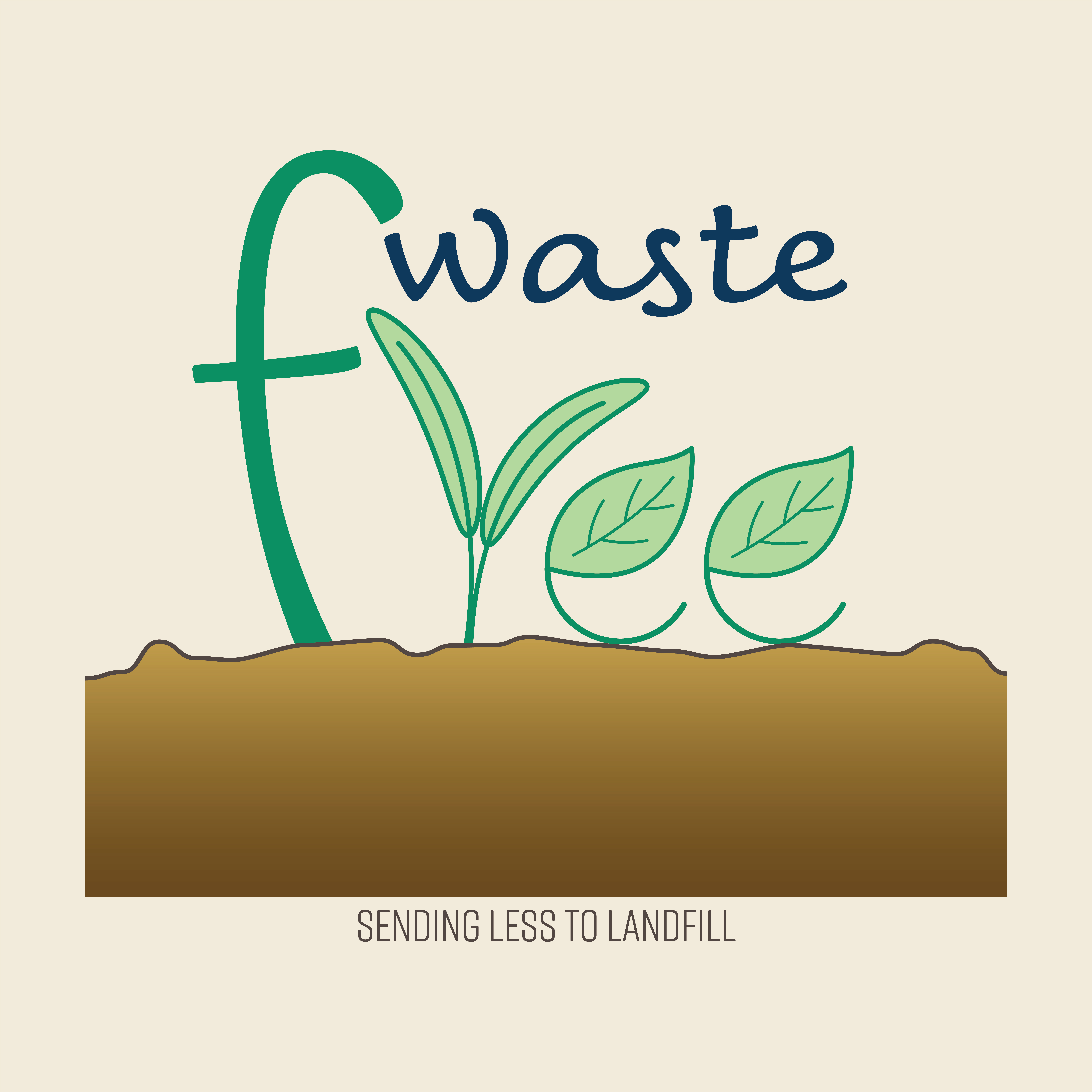A lot of environmental professionals are aware of the waste hierarchy. As you may be aware it provides a framework for the minimisation of waste. The best options for waste, and as such are at the top of the hierarchy, are those that deal with the problem at source. It is somewhat of a mantra of mine on an environmental training course but…. A product will eventually become a waste. The theory therefore goes that the best way to reduce waste is to carry out actions not when the waste has been created but on the item that eventually becomes a waste. These are usually the best options as they are dealing with the problem at source.
Currently in society there still seems to me to be a great deal of emphasis on recycling as an effective way to deal with waste. If we ever want to solve the waste problem we need to consider creating our products differently, such that they eventually create no or less waste. Therefore, we need to think about options that consider the item that eventually becomes a waste and do as much as we can to reduce the amount of resources that are used to create the product.
Resource Use and Waste Elimination
The option that is always best would be elimination. These are methods of carrying out a task that do not require the use of any resources whatsoever. A simple example would be to read an email on the screen rather than print it out. In this case we do not use paper and we do not create any paper waste when the printed email has been read and subsequently thrown away.
Options to eliminate resource use and waste are not always feasible. In such situations we would then need to consider actions that minimise the amount of resources that we use to make a product in some way. If we have less materials within the product then there is less waste when the product comes to the end of its life. At its simplest and continuing our printing theme this might involve printing out a document double sided rather than single sided. We haven’t stopped a waste from being created but the amount produced has been significantly reduced. It is still therefore a fairly good option (although no were near as good as elimination).
Cleaner Design
Designing products in a different way to me is really the key to minimising waste production. Designers have a great deal of power when it comes to reducing waste and other environmental impacts. We can implement many measures when designing a product so that it minimises waste. For example, we can spec a product so that it has a lower quantity of materials and will subsequently produce less waste.
Designers may also be able to limit or eliminate hazardous materials in products and as such make them recyclable when they are thrown away. There may also be an option to create products that can be more easily reused or recycled when they become waste. If you want to find out more take a look at the clean design blog post that I wrote. It goes into the topic in much more detail, with some good examples of what can be done.
Final Note
If we are ever going to solve the ever-increasing amounts of waste that are produced around the world we need to think differently. The emphasis in society needs to change from dealing with waste to considering ways to eliminate or at least reduce the amount and type of materials on or within products that eventually become a waste.
John Binns BSc (Hons), MSc, MIEMA

With over 19 years’ experience working in environment management, John Binns BSc (Hons) MSc MIEMA is an experienced environmental tutor and consultant with knowledge of health and safety management.
